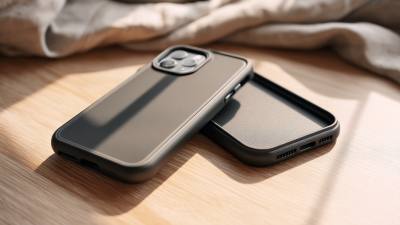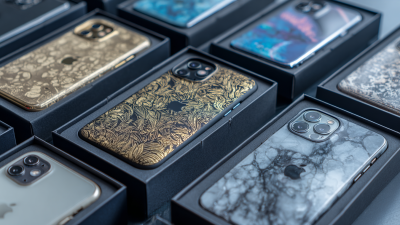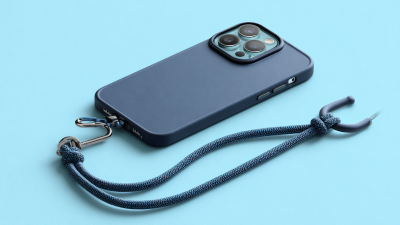 +8617719515640
+8617719515640
- Xi'an X Star Trading Co., Ltd.
- Phone: +86-17719515640
- Email: info@xnvstar.com



In the ever-evolving world of mobile technology, the relationship between smartphones and cases has taken on newfound significance, shaping not only user preferences but also market trends. As smartphones become more integrated into daily life, the desire for protection against damage and personalization has led to a surge in the popularity of smartphone cases. This rise can be attributed to several factors, including the increasing fragility of modern devices, the desire for aesthetic customization, and the need for enhanced functionality. Consumers are now more discerning about their choices, seeking not just any case, but one that balances protection with style and usability.

As we delve into the analysis of trends and user preferences in mobile protection, it becomes essential to explore how the evolving dynamics of smartphones and cases reflect broader societal shifts and technological advancements.
The evolution of smartphone cases reflects both the advancements in mobile technology and the changing preferences of consumers. Initially, smartphone cases were primarily functional, offering basic protection from scratches and minor impacts. Materials like silicone and plastic dominated the early market, as users prioritized durability over aesthetics. However, as smartphones became more integral to daily life, the design of cases began to evolve, embracing both form and function.
In recent years, the market has seen a significant shift towards premium designs that cater to diverse consumer tastes. Luxury materials such as leather, wood, and even metal have emerged, appealing to users who want their devices to express personal style. Additionally, customizable options allow users to choose colors, patterns, and even add personal engravings, turning a protective accessory into a fashion statement. This trend highlights how smartphone cases have transitioned from mere protective gear to essential lifestyle accessories, reflecting the personality and preferences of their owners.
The global smartphone case industry has witnessed significant growth over recent years, driven by the increasing reliance on mobile devices for everyday activities. According to recent market insights, the demand for smartphone cases is projected to expand at a robust rate, with forecasts indicating a potential market size of over $30 billion by 2025. This growth can be attributed to a rising awareness of mobile device protection and an array of innovative design options catering to various consumer preferences.
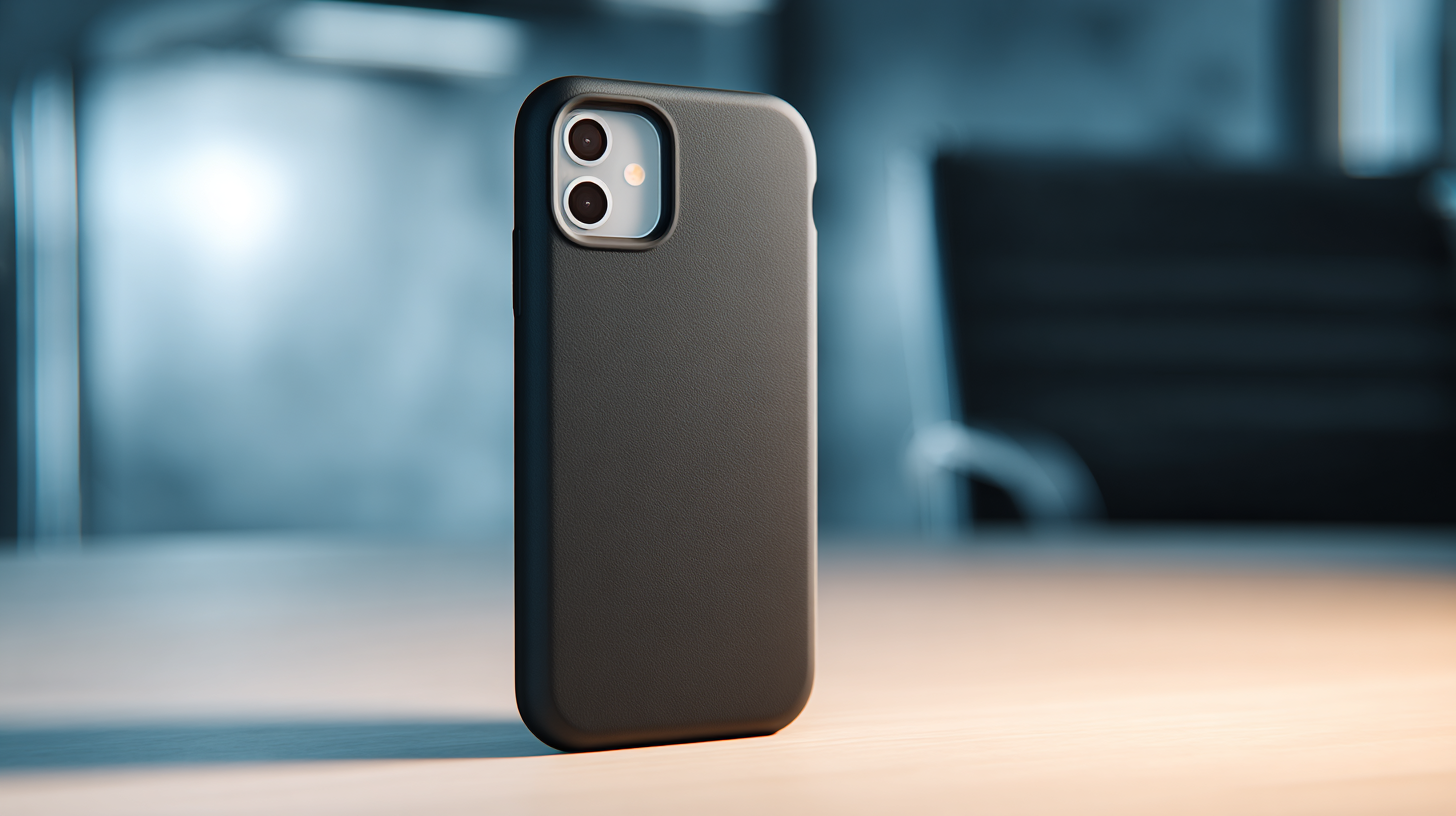
As manufacturers continue to adapt to evolving trends, the personalization of smartphone cases plays a pivotal role in attracting diverse market segments. Eco-friendly materials, customizable designs, and enhanced functionality are on the rise, reflecting a shift towards sustainability and individual expression among users. Additionally, advancements in technology have led to the creation of cases that not only protect devices but also enhance their capabilities, such as wireless charging and integrated stands. This multifaceted approach positions the smartphone case industry for continued growth, as consumers seek products that blend protection with practicality and style.
The selection of smartphone cases has evolved significantly, influenced by various consumer demographics that shape user preferences. Younger consumers, particularly millennials and Gen Z, tend to favor cases that reflect their individuality and style. They gravitate towards customizable options that allow for personalized designs, vibrant colors, and trendy patterns. This demographic is also more inclined to invest in eco-friendly materials, aligning their purchases with values of sustainability and environmental responsibility.
In contrast, older consumers often prioritize functionality and durability over aesthetics. For these users, protection from drops and damage is paramount. As such, they tend to opt for rugged cases that meet military-grade standards, ensuring their devices withstand the rigors of daily life. Additionally, these consumers are more likely to seek cases that offer added functionality, such as card holders or kickstands, reflecting a preference for practical solutions. Overall, understanding these demographic trends is crucial for manufacturers aiming to cater to the diverse landscape of smartphone case consumers.
The evolution of smartphone cases has been significantly influenced by innovations in materials, driving enhancements in durability and functionality. Advanced technologies such as thermoplastics, carbon fibers, and shock-absorbent foams have redefined how manufacturers approach device protection. These materials not only provide superior resistance against drops and impacts but also contribute to lightweight designs that do not compromise on aesthetic appeal. As consumers become increasingly aware of the importance of safeguarding their devices, the demand for robust yet stylish cases continues to grow.
Additionally, the integration of technologies like antimicrobial coatings and self-healing materials is changing user preferences when it comes to mobile protection. Antimicrobial coatings provide a critical layer of hygiene, reducing the spread of germs, which has become paramount in the wake of global health concerns. Self-healing materials, on the other hand, offer the convenience of minor scratches and scuffs disappearing over time, extending the life of the case and maintaining its visual appeal. As these innovations continue to emerge, smartphone users are provided with a variety of options that blend protection with convenience and style, reflecting a shift towards more thoughtful and functional mobile accessories.
In recent years, the demand for eco-friendly smartphone cases has surged, reflecting a significant shift in consumer preferences towards sustainability. According to a report by Grand View Research, the global market for biodegradable phone cases is expected to reach $1.4 billion by 2025, growing at a CAGR of 7.3%. This trend is largely driven by increasing environmental awareness among users, particularly Millennials and Gen Z, who prioritize sustainable products. A survey by Statista found that over 65% of respondents indicated they would choose eco-friendly options for their phone accessories if available.
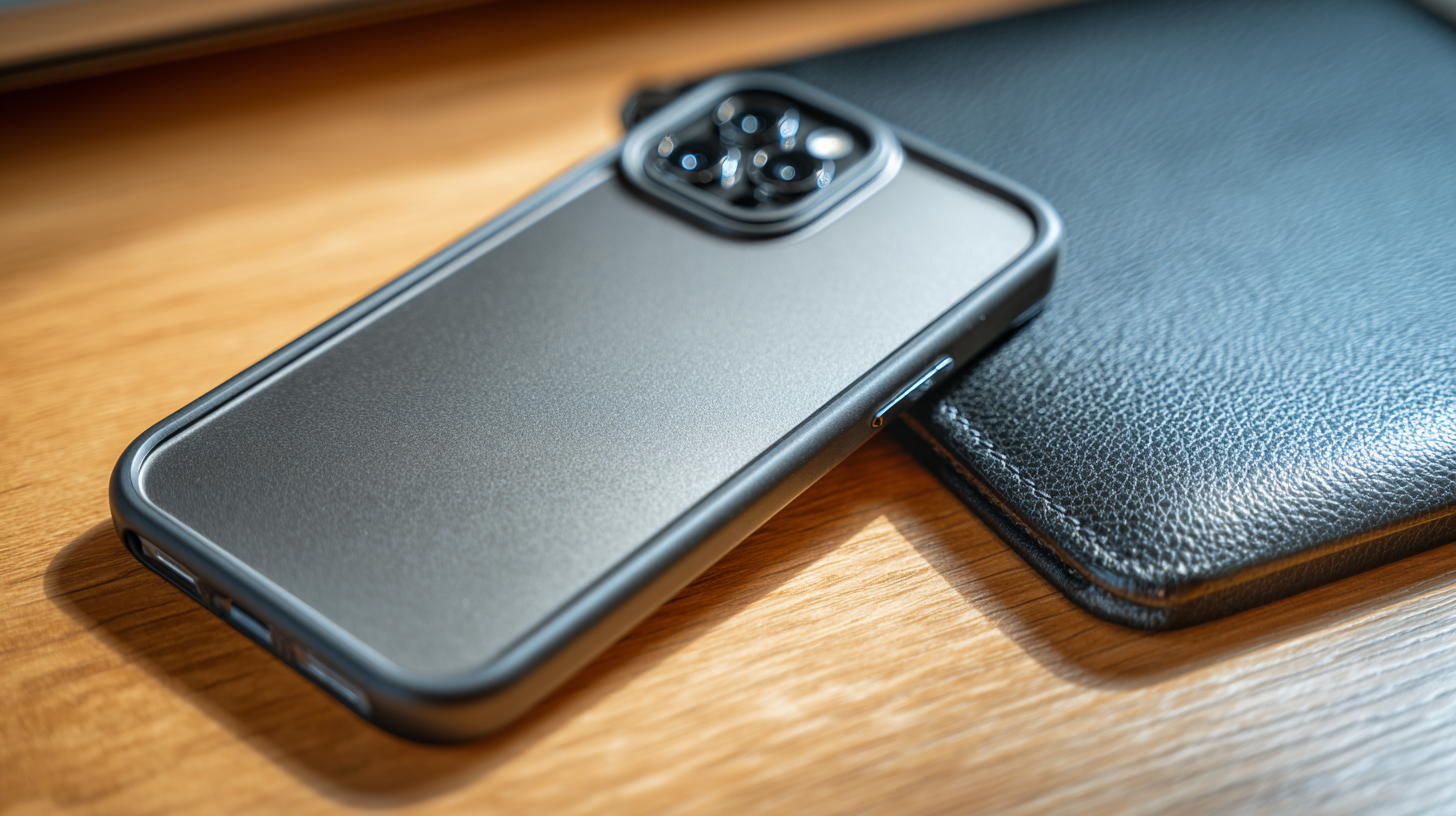
Manufacturers are responding to this demand by innovating with sustainable materials such as bamboo, wheat straw, and recycled plastics. Brands like Pela Case, known for its plant-based designs, have reported a significant increase in sales, indicating a strong market interest in environmentally responsible products. Furthermore, the importance of sustainability is not only a selling point but also influences brand loyalty, with 58% of consumers stating they would remain loyal to a brand that actively supports eco-friendly practices. As this trend continues to evolve, the smartphone accessory industry must adapt to meet user expectations for both functionality and sustainability.
